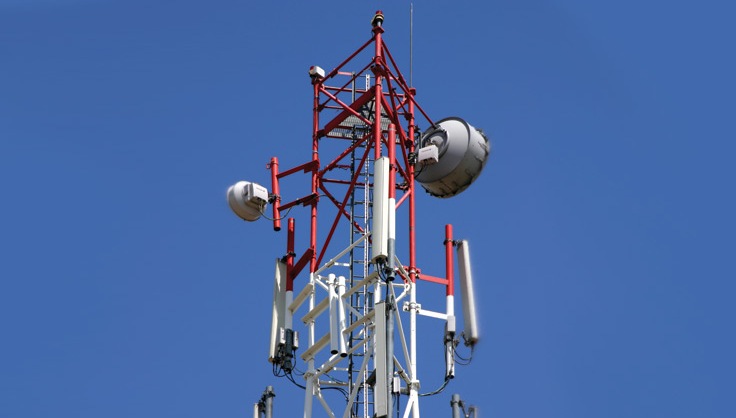
The government will come out with spectrum trading rules by month-end, Telecom Secretary Rakesh Garg said on Friday.
The government gave its nod on September 9 to the much-awaited norms for telecom companies that will help in trading radio frequency spectrum, a move that can go a long way in consolidating this scarce resource, improve the quality of service and even fetch revenues for airwave-surplus companies.
“The spectrum sharing guidelines have been prepared and sent to the minister for final approval and will be issued in a few days, probably by Monday,” Garg said on the sidelines of an event organised by Confederation of Indian Industry (CII).
“The trading guidelines will come by month-end,” he added
Spectrum sharing got the nod from the government in August.
Under spectrum trading, the companies that have been allocated spectrum can transfer their rights and obligations to another party – a move that will allow better usage as the idle spectrum from the hands of one service provider will get transferred to one facing a crunch.
The quality of services are expected to improve once the spectrum sharing and trading norms are notified and the service providers start using it.
The India government has taken optical fibre network to 25,000 villages, i.e 60,000 kilometres in the last one year and aims to reach to another 55,000 villages in the next 4-5 years.
“We have also created an exclusive plan for reaching out the mobile connectivity to the Himalayan states like Uttarakhand, Himachal, J&K etc and the remote villages across the hilly states and the North east region, with 2,000 towers already put up and another 3,000 to be put up soon,” Garg said.
DoT decided to allow private players to spread their own optical fibre from the Block level to the various districts and the villages where there are not more than 2 private players to make the system more robust. “To attain this, we have also increased our expected spending from Rs 25,000 crore to Rs 75,000 crore,” Garg said.
“There is immense potential for the industry under Digital India programme, which envisages various projects worth about Rs 1 lakh crore to transform the country into a digitally empowered and connected knowledge economy by providing high speed Internet @ 100 mbps at all 2.5 lakh gram panchayat level,” said Umang Das, CII Telecom Convergence Summit Chairman.
India is aiming to have 100 smart cities, providing 4 lakh public internet points, converting 2.5 lakh schools and colleges into Wi-Fi zones, creating 17 million jobs in ICT and creating 17 million IT professionals and provide government services through IT.
Sandeep Girotra, head of India Market, Nokia Networks, said: “Digital India key building blocks are universal broadband connectivity across urban and rural areas to enable e-governance and e-services availability to all. Connectivity along with Smart Applications will enable delivery of e-services and e-Governance to Citizens and IoT eco-system will play a key role to make this happen, especially for application in connected mobility, smart cities, healthcare, industry and Public Safety areas.”
“75 percent of the new internet users and 50 percent of the existing net users are active only on mobile phones as against 10 – 15 percent in China and US,” said Arvind Bali, chief executive officer of Videocon Telecommunications.





